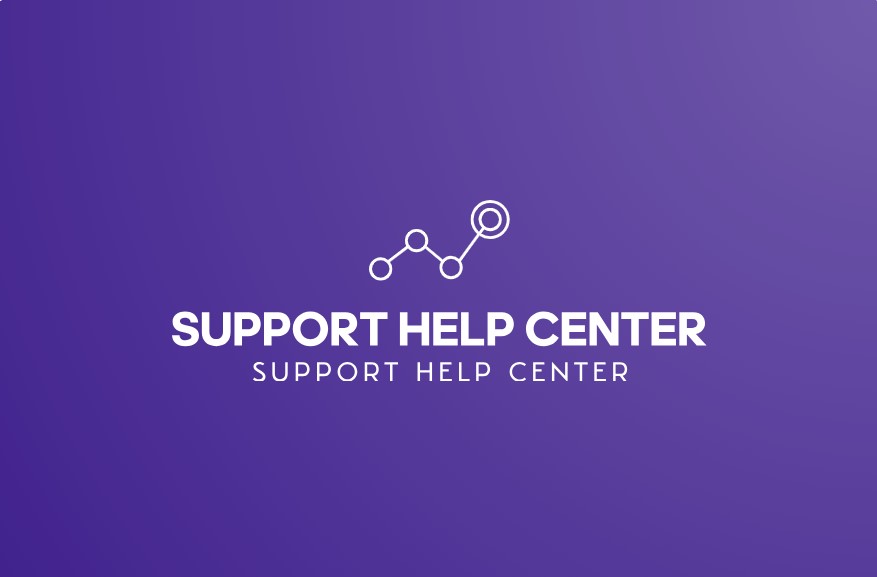
Homepage: The main landing page of the website, usually providing an overview of the website’s purpose and navigation options to different sections.
About Us: This section provides information about the website, its mission, vision, and the team behind it.
Services/Products: If Digitalbloom offers any specific services or products, this section would outline them in detail.
Portfolio/Projects: If relevant, a showcase of previous work or projects completed by Digitalbloom.
Blog/Articles: A section for regularly updated content related to the website’s niche or industry. This can include articles, tutorials, guides, etc.
Contact Us: Information on how visitors can get in touch with Digitalbloom, such as through a contact form, email address, or social media links.
Testimonials/Reviews: Feedback from previous clients or users about their experience with Digitalbloom’s services or products.
FAQs: Frequently asked questions and their answers to provide visitors with quick information.
Terms of Service/Privacy Policy: Legal documents outlining the terms and conditions of using the website and how user data is handled.
Search Bar: A feature allowing visitors to search for specific content within the website.
Navigation Menu: A menu system that helps users navigate through different sections of the website easily.
Responsive Design: Ensuring that the website is optimized for viewing on various devices, including desktops, tablets, and smartphones.
Call to Action (CTA): Buttons or links encouraging visitors to take specific actions, such as contacting Digitalbloom or signing up for a newsletter.
Social Media Integration: Links to Digitalbloom’s social media profiles, allowing visitors to connect and engage on other platforms.
Analytics: Tools for tracking and analyzing website traffic and user behavior, helping Digitalbloom understand its audience better and make informed decisions for improvements.
